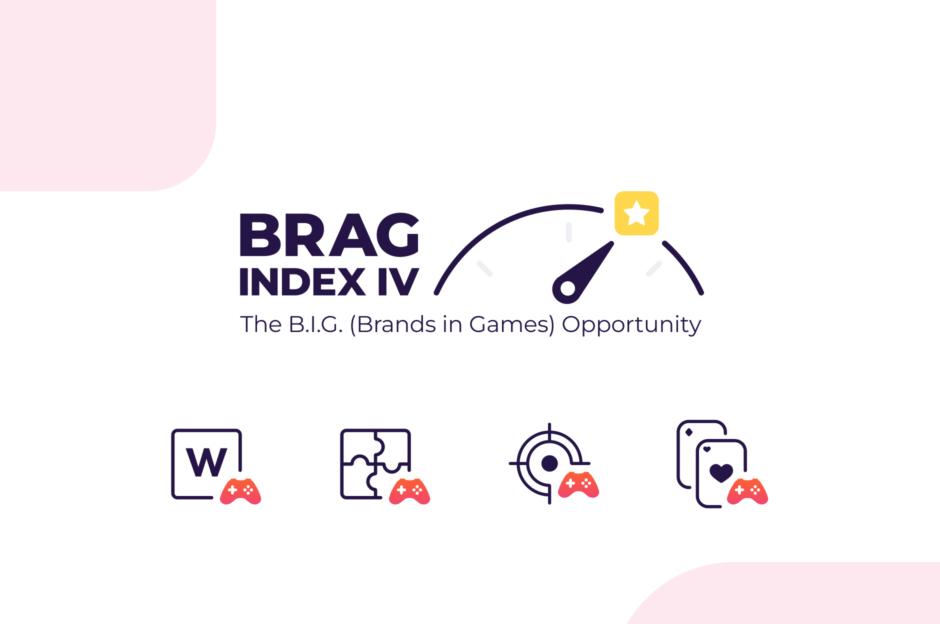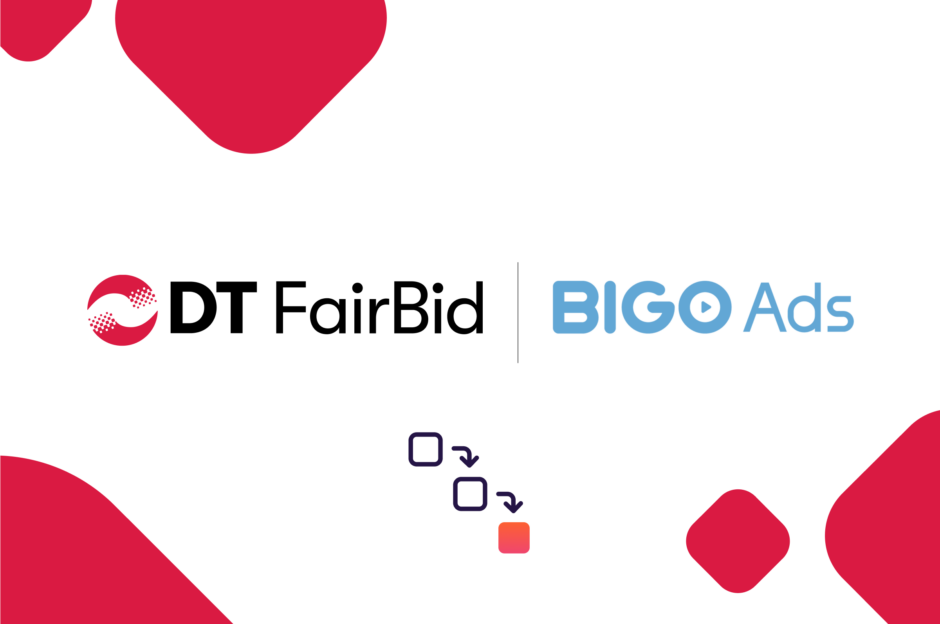
Monetization for mobile is something we talk a lot about, and we assume that readers have at least a basic understanding of what it takes to monetize their app. Many other sites do as well. This can lead to a lot running in circles for a new developer trying to figure out what everyone is trying to say.
With the barrier of entry for mobile being lower than ever though, it’s worth taking the time to explain the core terms and practices within mobile app monetization.
Common Mobile Monetization Terms
Use Rate
Use rate is the percentage of daily active users who have viewed an ad on a given day. It’s calculated by dividing the number of unique daily views by unique users. For interstitial placements, a use rate around 40% is ideal, but for rewarded placements a use rate is around 20%.
Daily Active Users (DAU)
DAU is just a measure of the average number of users that engage with an app each day.
Generally speaking, Digital Turbine has to reach a certain number of video views to fully optimize campaigns. eCPMs and other key KPIs can be skewed when a publisher has a very small user base as their actions are felt more heavily vs a larger, more varied set of players. The more users an app has, the more potential segments an advertiser will have to target.
Impressions and Completed Video Views (CVVs)
Impressions are the number of times an ad is shown (not completed!) on a user’s device. A CVV is, obviously, when the video view is completed.
If there’s a discrepancy between a high number of impressions and a low number of CVVs, it means that users are initiating the video but not sticking around to watch it all the way through. This type of behavior will drive down eCPM values, as this metric is a factor of both completion and engagement rates, not merely initializations. So, when it comes to impressions versus CVVs, guess which one is more important to focus on.
We encourage advertisers to test and refine their creatives for maximum impact as well. Our Core™ machine-learning yield optimization engine will do its best to make sure users are seeing the kinds of ad creatives they respond best to, maximizing completion rates and CVVs.
Blacklisting (or Blocking)
Creating a blacklist as a developer or publisher will disallow certain brand or app ads from being displayed within an app. In the case of brands, a blacklist can be used to keep ads appropriate to an app’s audience (no beer ads in a teen game, for instance). When blacklisting other apps, a publisher may want to prevent certain direct genre competitors from courting their users.
A brief side note — Beware of whitelisting (or allowlisting), which can seriously harm monetization by only allowing certain specific advertisers, who may not have the inventory to fill your monetization needs, or drive away users with annoying duplicate ads.
Average Revenue per Daily Unique View (ARPDUV)
One of the longer acronyms in the mobile monetization space, ARPDUV is somewhat related to the more traditional Average Daily Revenue per Daily Active User (ARPDAU). ARPDUV comes down to how much average revenue a given single view generates. It strips out confounding factors like multiple views by the same user to make it easy to see how much a given ad unit is making a publisher.
Campaign Types
As a dynamic network, Digital Turbine hosts a variety of campaigns that are measured differently according to advertiser requirements. Understanding these campaign types makes it easier for publishers to make the right choices for any given app.
Cost per Install (CPI)
CPI campaigns require a user to download the advertised application for an advertiser to pay. No payment is issued to the publisher if a user doesn’t install. The majority of our user-acquisition campaigns are on CPI.
Cost Per Completed View (CPCV)
These types of campaigns require a user to watch the video all the way through. A user doesn’t have to interact with our Dynamic End-Cards, though some will! Brands and other non-publisher advertisers typically use this campaign type.
Full payment is issued to the publisher when the video completes, but no payment is made if a video isn’t completed. If a user closes out of a 30-second video at 29 seconds, that doesn’t count as completed.
Cost per Thousand impressions (CPM)
Yes, that M means “thousand,” like the Latin M. Remember we’re in the year MMXVI. These campaigns issue payments for every 1000 video impressions, whether or not a user completed watching or not.
CPM is used by a very small percentage of campaigns in Digital Turbine’s network. It’s a more common method for display and static banner ads.
More to Come
If you’re new to the mobile development game, we hope this primer has been helpful at giving you some basic knowledge to tiptoe out of the shallow end of monetization. If you’ve been at this a while, big or small, maybe you learned something slightly new, or just refreshed your memory a bit. Either way, we hope it was useful.
Sign-Up
straight to your inbox.




